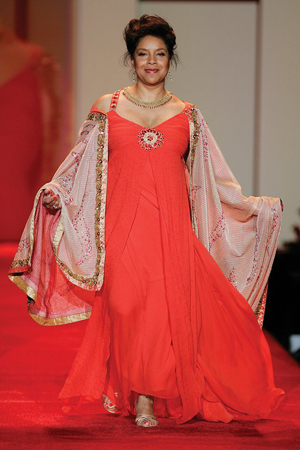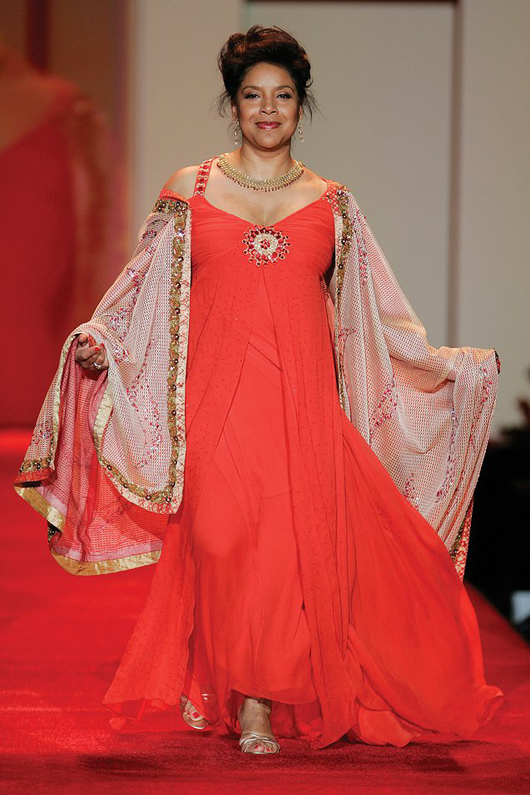
WASHINGTON (AP) – President Barack Obama and former first lady Laura Bush celebrated the start of construction Wednesday for the National Museum of African American History and Culture.
Obama said the museum “has been a long time coming.” He said it is fitting that it will be built on the National Mall, where slaves were once traded and hundreds of thousands of people marched for jobs and freedom.
The 19th museum in the Smithsonian Institution will tell the history of black life, art, and culture and explore stories that have sometimes been left out. There will also be a court for quiet reflection, Museum Director Lonnie Bunch said.
“We will have stories that will make you smile and stories that will make you cry,” he told The Associated Press. “In a positive sense, this will be an emotional roller coaster, so you want to give people chances to reflect and to think about what this means to them.”
The museum is scheduled to open in 2015. Congress pledged to provide half the $500 million construction cost, and about $100 million has been raised in private funds including gifts from Wal-Mart, American Express, Boeing, the Bill and Melinda Gates Foundation and celebrities such as Quincy Jones and Oprah Winfrey.
The future museum already has a gallery at the Smithsonian’s American history museum with rotating exhibits. The newest one explores Thomas Jefferson’s lifelong ownership of slaves and his conflict and advocacy against slavery, while looking at the lives of six slave families who lived on his Monticello plantation in Virginia.
Telling such stories has been taboo at many museums in the past. Bunch said that by presenting a fuller view of history and dealing directly with difficult issues like race, the Smithsonian can present a fuller view of history and what it means to be an American.
The staff is working to collect more material on popular culture and music, earlier materials from military history from World War I and earlier and artifacts to tell stories from the 19th century, including slavery and post-Civil War Reconstruction.
___
National Museum of African American History and Culture: http://www.nmaahc.si.edu ___
Follow Brett Zongker at https://twitter.com/DCArtBeat
Copyright 2012 Associated Press. All rights reserved. This material may not be published, broadcast, rewritten, or redistributed.
AP-WF-02-22-12 1649GMT
ADDITIONAL IMAGE OF NOTE


